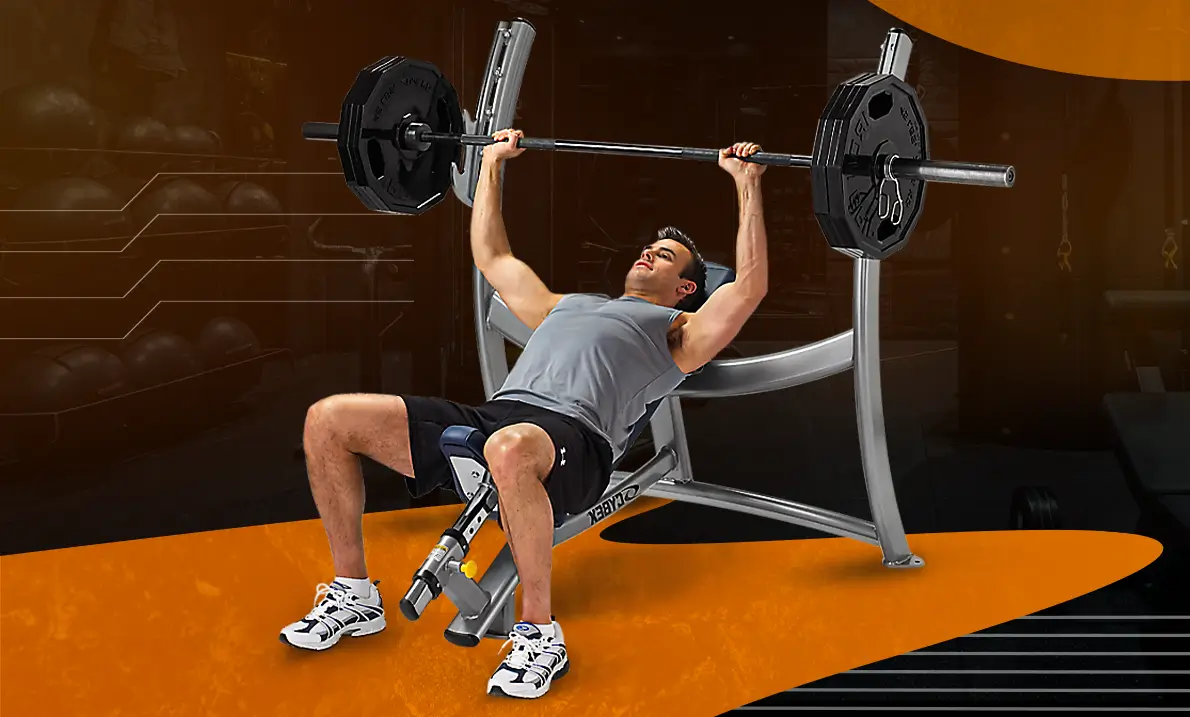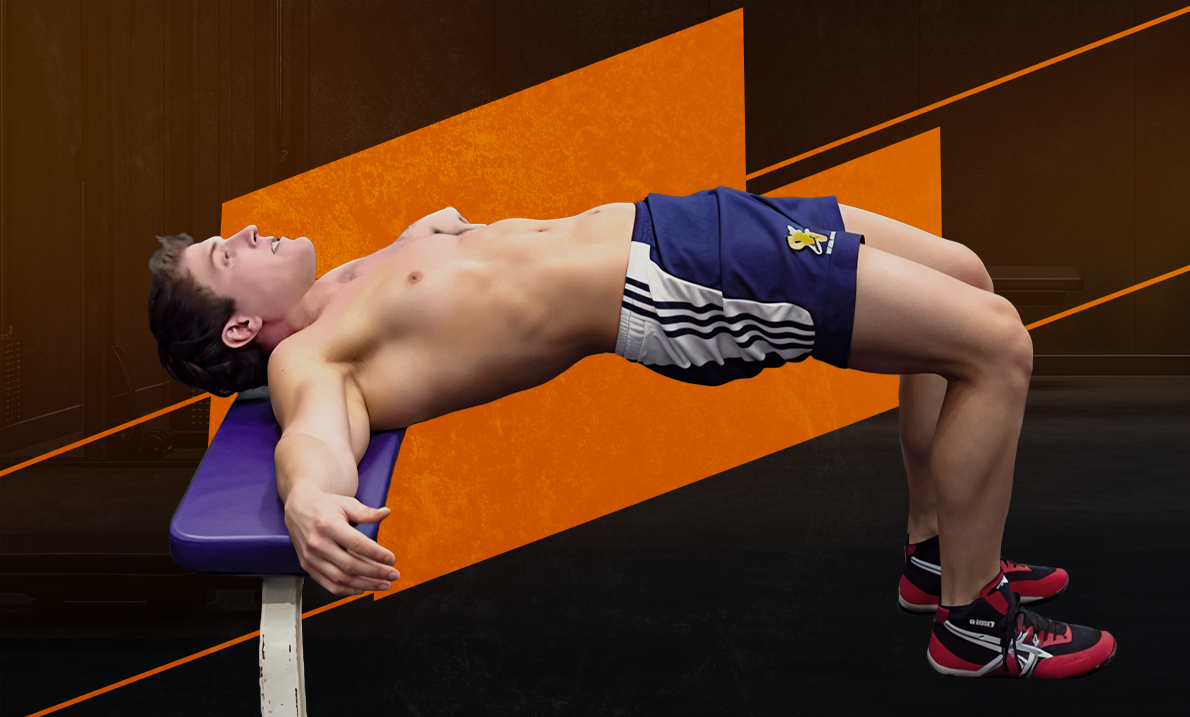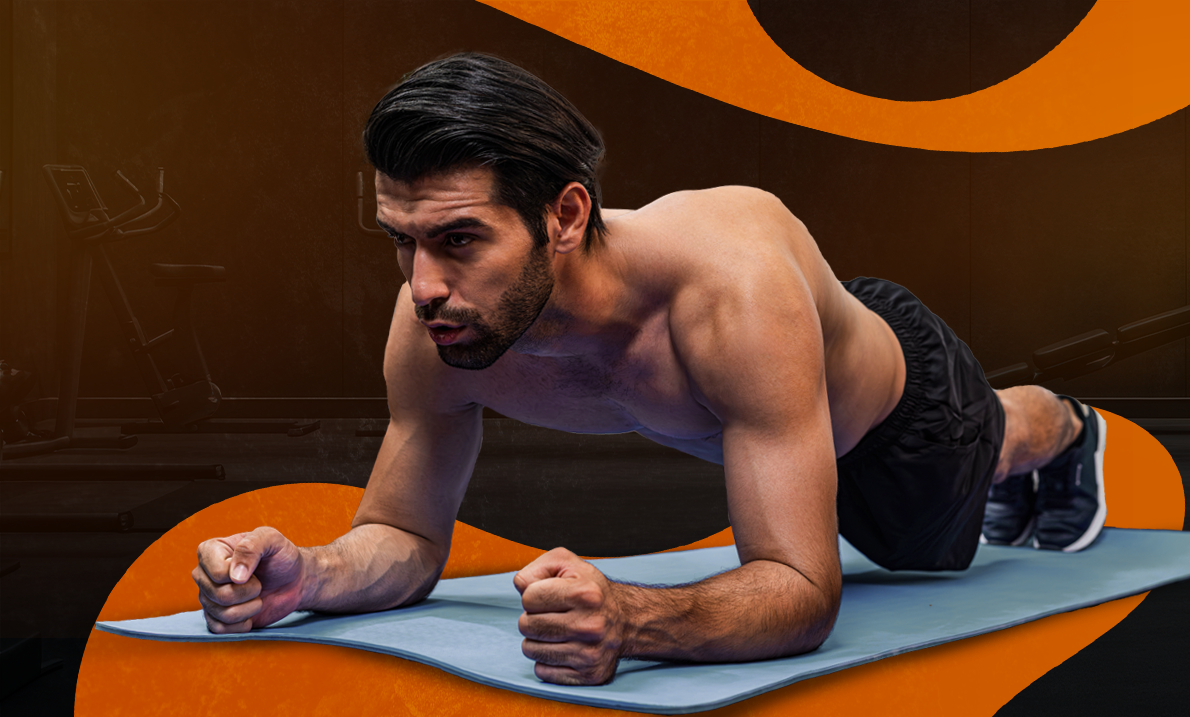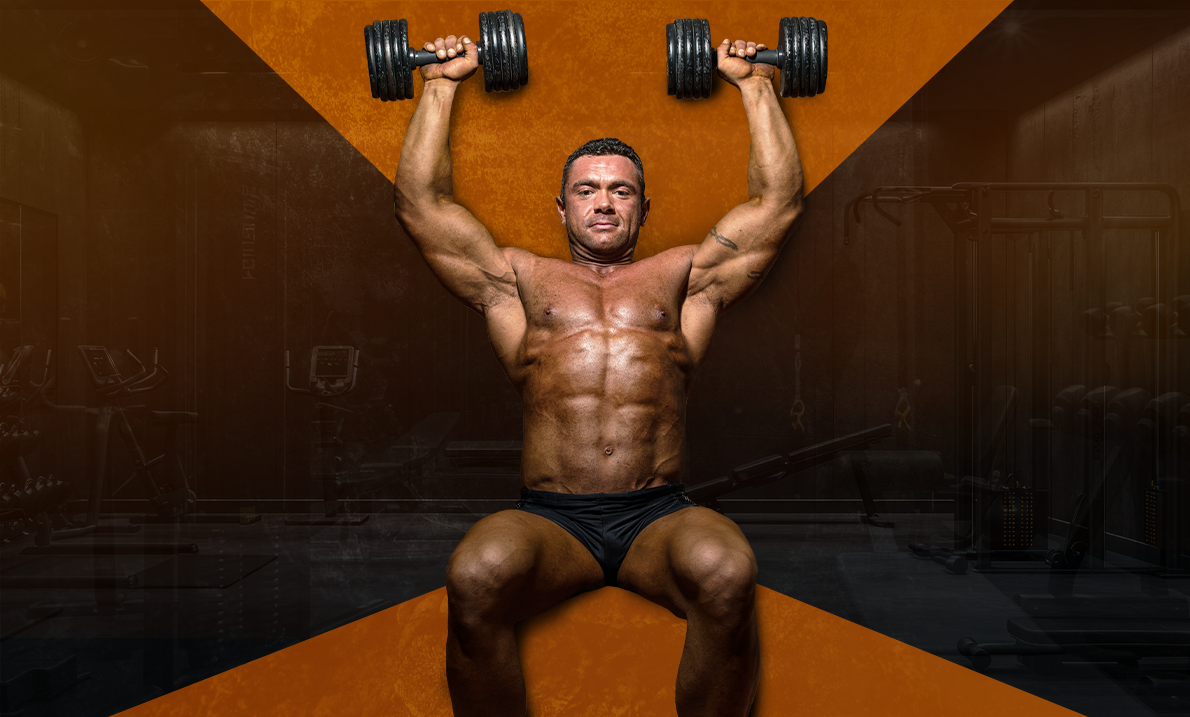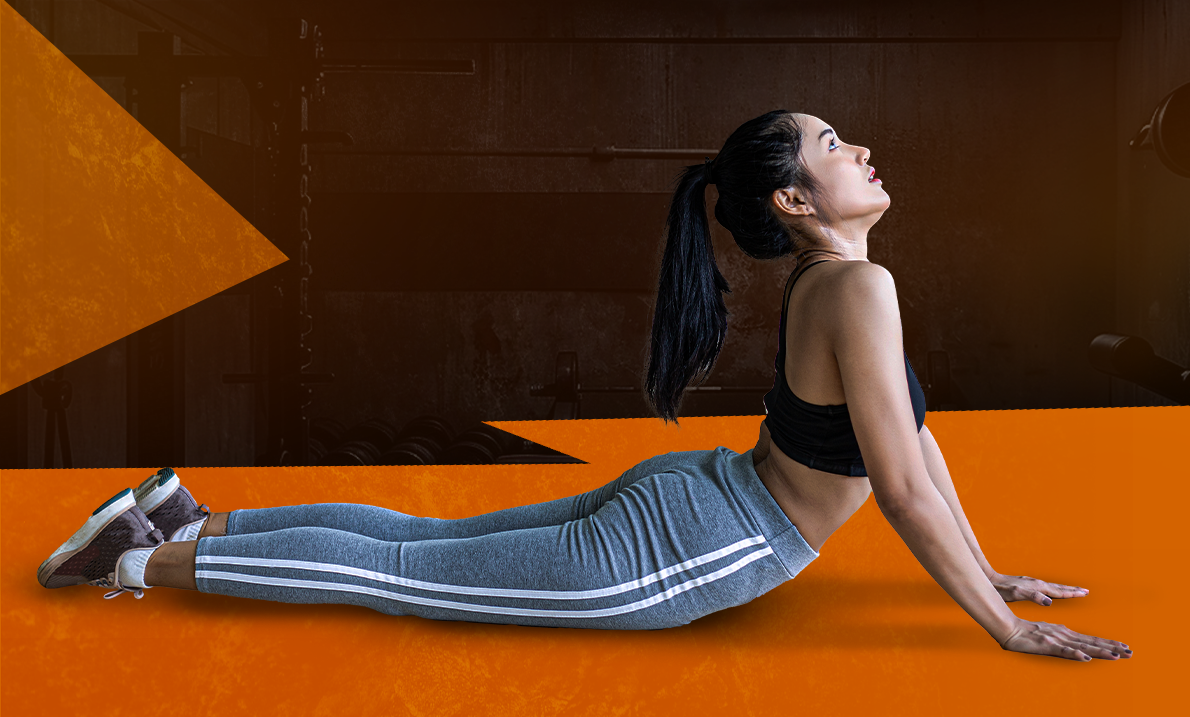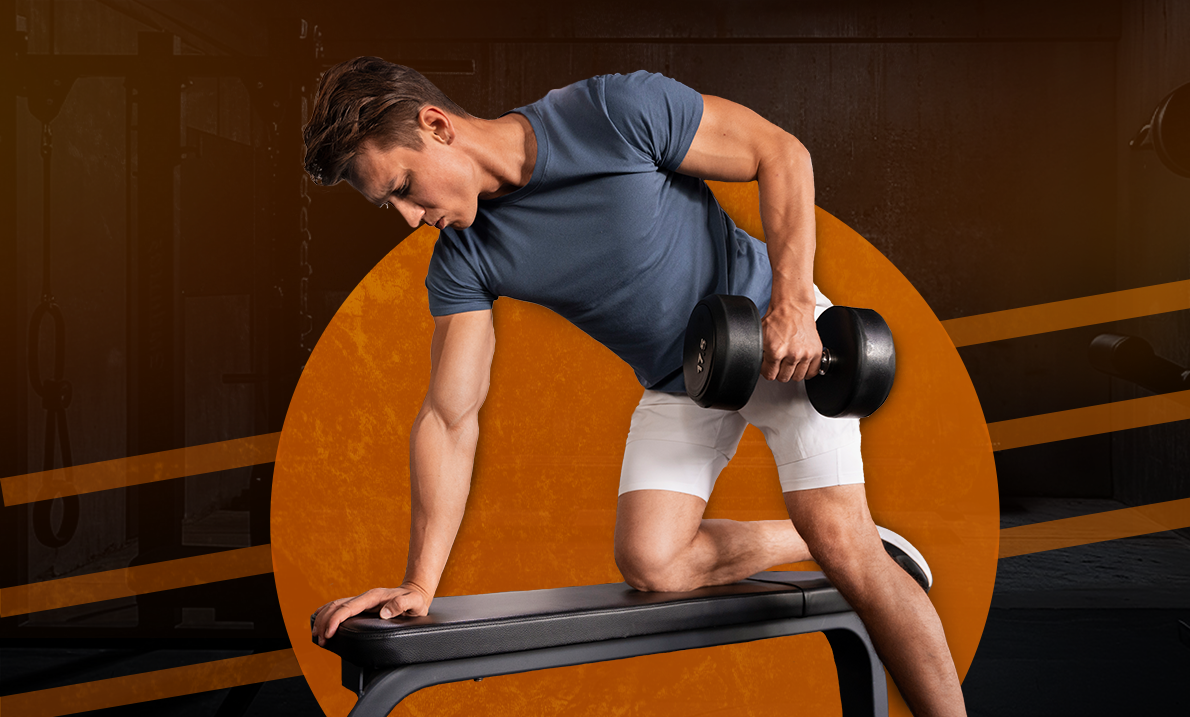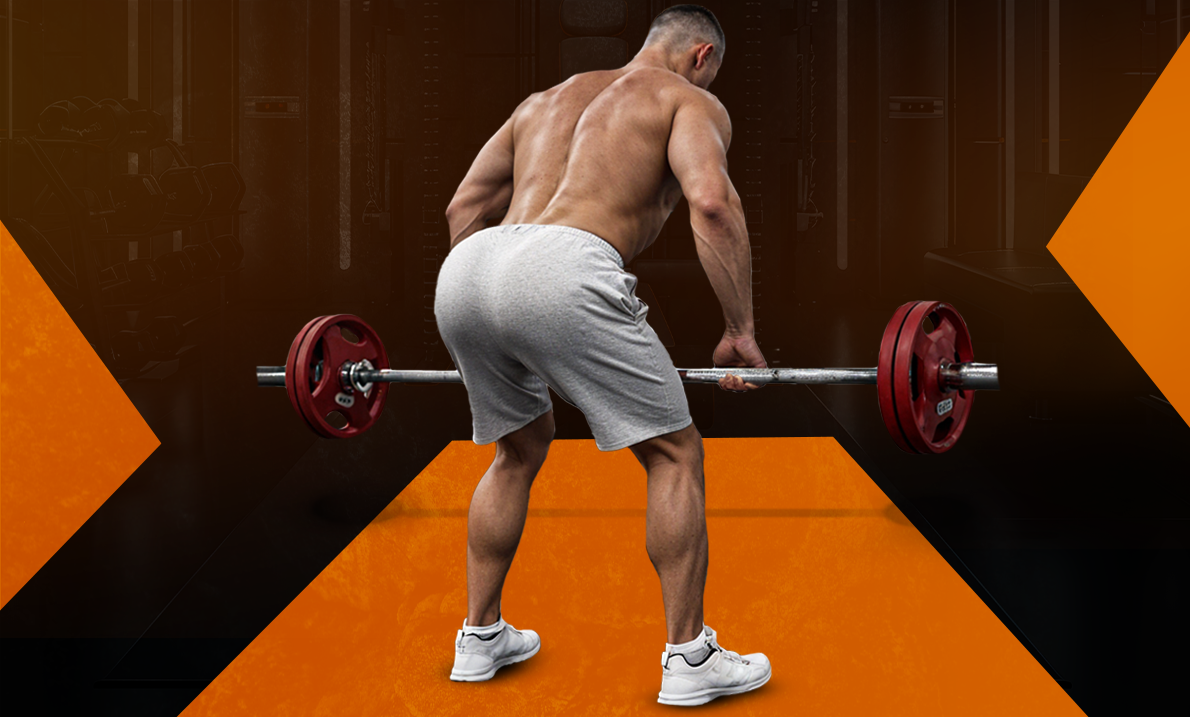The bench press is one of the most popular exercises in the gym, beloved by both beginners and seasoned lifters alike. It’s not just about lifting weights; it’s about building strength, improving posture, and engaging multiple muscle groups in your upper body. Done correctly, it helps you build a solid chest, shoulders, and triceps. But doing it wrong? That’s the fast track to injuries, muscle imbalances, and missed gains. Proper form and technique are key to unlocking this powerhouse exercise’s full potential.
MUSCLES WORKED DURING A BENCH PRESS
The bench press is a powerhouse move that works several muscles simultaneously. Here’s what it focuses on
PRIMARY MUSCLES WORKED
- Chest(Pectorals): The main focus of the bench press. Your chest muscles are responsible for pushing the weight upwards.
- Shoulders(Deltoids): These help lift and control the bar during the press.
- Arms(Triceps): Your triceps extend your elbows to complete the movement..
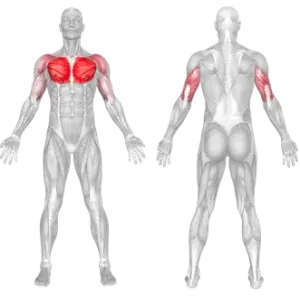
SECONDARY MUSCLES
- Core(Abdominals): Keeps your body stable and steady on the bench.
- Back(Latissimus Dorsi): Helps control the bar’s movement and support your chest.
- Forearms: Grip the bar and keep it steady throughout the press.
BENEFITS OF THE BENCH PRESS
Why is the bench press a must-have in your workout routine? Here’s why
BUILDS UPPER BODY STRENGTH
The bench press targets your chest, shoulders and arms, helping you build strength and muscle.
IMPROVE POSTURE
It strengthens the muscles that stabilize your shoulders and upper back, helping you stand taller.
INCREASE BONE DENSITY
Lifting weights puts stress on your bones, which helps make them more potent over time.
BOOSTS PERFORMANCE IN SPORTS
Strong chest and arm muscles improve your swimming, boxing and basketball performance.
HOW TO PERFORM THE BENCH PRESS
Performing the bench press with correct form is crucial for maximizing results and avoiding injury. Follow these steps to execute it properly
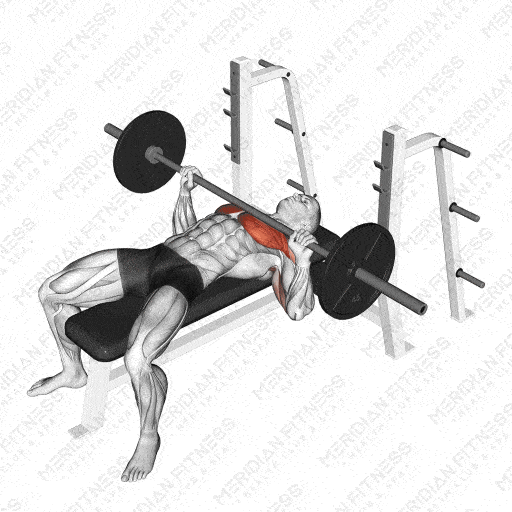
STEP 1: THE SETUP
- Lie flat on the bench with your eyes directly beneath the bar.
- Plant your feet firmly on the ground to create a stable base and engage your core.
- Grip the barbell slightly wider than shoulder-width apart with both hands, ensuring a secure hold.
STEP 2: THE DESCENT
- Unrack the bar and slowly lower it to your chest.
- Keep your elbows at about a 45-degree angle to your torso, avoiding flaring them out too wide.
- Maintain control as you lower the bar, feeling the stretch in your chest and shoulders.
STEP 3: THE PRESS
- Push the bar back up by extending your elbows and driving through your chest and triceps.
- Exhale as you press the bar up, ensuring you do so in a controlled manner.
- Extend your arms at the top without locking your elbows, keeping tension in your muscles.
COMMON MISTAKES TO AVOID
Proper form is key in the bench press to prevent injury and maximize muscle engagement. Here’s what to watch out for
Bouncing the Bar off Your Chest
Letting the bar bounce off your chest is a dangerous habit that reduces control and increases injury risk. Lower the bar slowly and with control.
Flaring Elbows
Don’t let your elbows flare out excessively, as this can strain your shoulder joints. Keep them at a moderate angle.
Not Using Full Range of Motion
Failing to lower the bar far enough or pressing it too quickly will limit muscle activation. Aim for full control throughout the movement.
Arching Your Back
Avoid over-arching your lower back while pressing. Keep your feet grounded and your core engaged to support a neutral spine.
VARIATIONS AND ALTERNATIVES TO Bench Press
If you’re looking to switch things up or need a modification, consider these variations:
Incline Bench Press
Perform the bench press on an incline to target the upper chest and shoulders.
Decline Bench Press
This variation targets the lower portion of the chest and can provide a different angle of challenge.
Paused Bench Press
Pause at the bottom of the movement for a second or two to eliminate momentum and increase time under tension.
Dumbbell Bench Press
Using dumbbells instead of a barbell allows for greater range of motion and helps engage stabilizing muscles.
Best Reps and Sets for All Fitness Levels

Beginner
10-12 reps, 3-4 sets, light to moderate weight, focus on form.
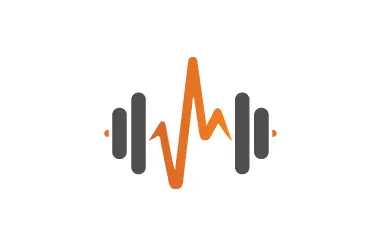
Intermediate
6-10 reps, 3-5 sets, moderate to heavy weight, build strength.
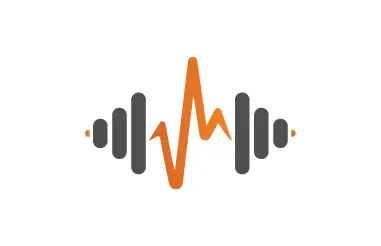
Advanced
4-6 reps, 4-6 sets, heavyweight, maximize strength and hypertrophy.
WHY ADD BENCH PRESSES TO YOUR ROUTINE?
The bench press is not just an exercise; It’s a foundation for building strength and muscle. It targets multiple muscles at once, making it one of the most efficient ways to train your upper body. Plus, it’s simple to modify for beginners and advanced lifters alike.
So, now you know how to bench press perfectly. Take your time, focus on your form, and engage all the right muscles. With practise, you’ll see the difference not just in your strength but also in your confidence. Ready to hit the bench? Let’s lift.
